Ceiling fans with lights are mounted on the ceiling of a room or space to provide an integrated solution for air circulation and illumination. Hub-mounted rotating blades, driven by a DC motor or an AC motor, are used to circulate air. DC motors are more efficient than AC motors and allow virtually silent operation. They have more speed options and generally respond faster to control commands. AC fan motors boast greater reliability and tend to be less expensive than DC fan motors. Ceiling fans push cool air downward and clockwise to cool the space during the summer. Some ceiling fans come with reversible motors which can adjust the direction of the blades to circulate trapped warm air near the ceiling during the winter. The light kit used to be a light assembly designed to accommodate light bulbs.
Modern ceiling fans have an integrated LED light kit to keep abreast of the ongoing development in the styling and aesthetic trends of interior light fixtures. The LED light can be designed to support dimming. Ceiling fans with lights provide independent light operation and fan speed control. Smart ceiling fans are equipped with wireless communication modules which enable control the fans and lights via a smartphone app.

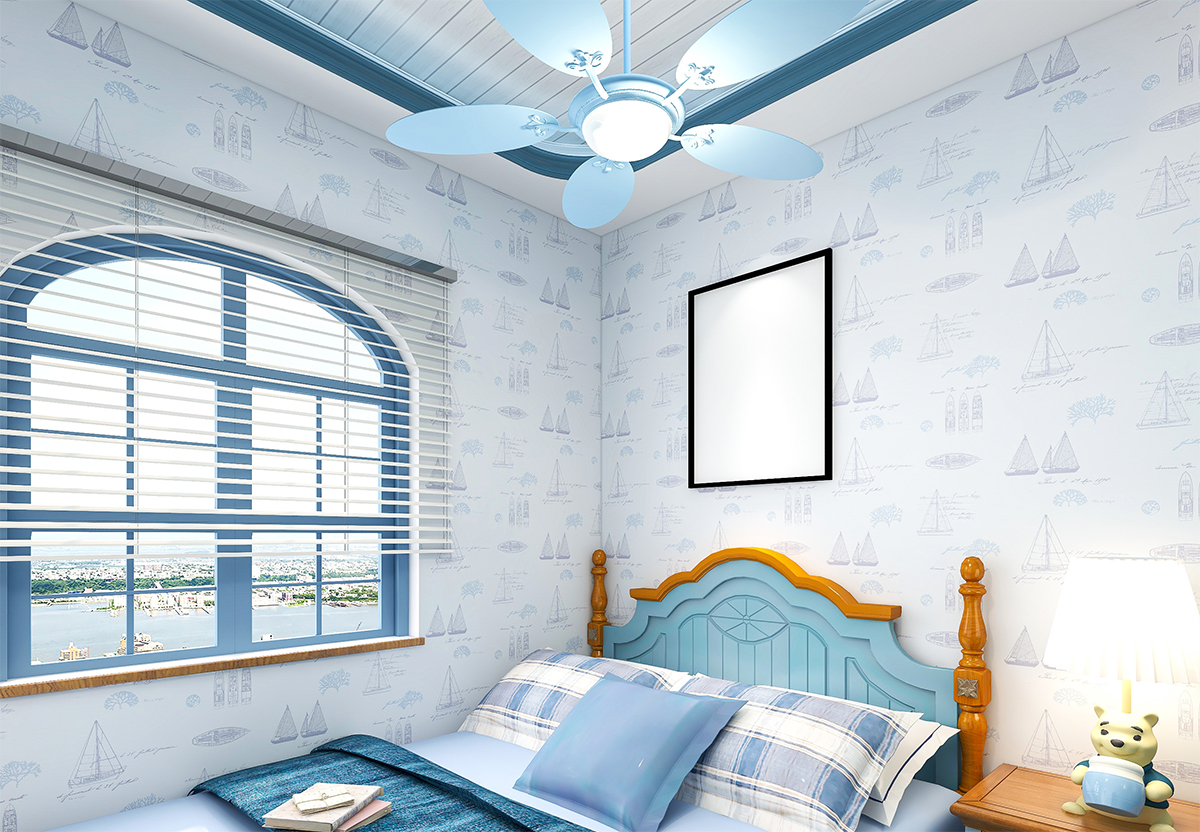
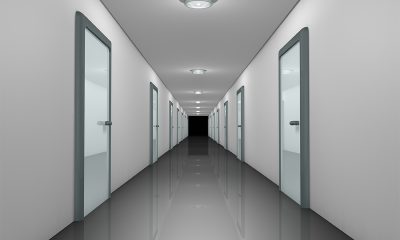

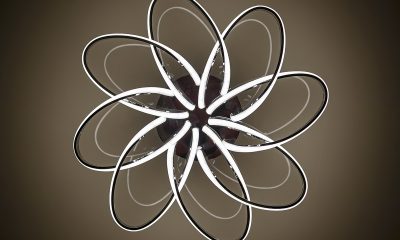
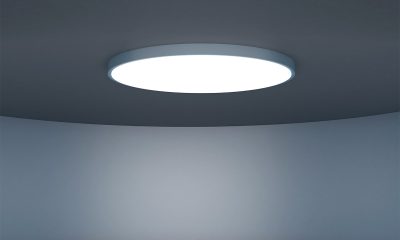

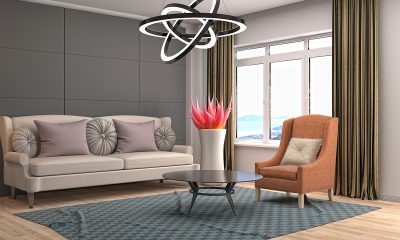

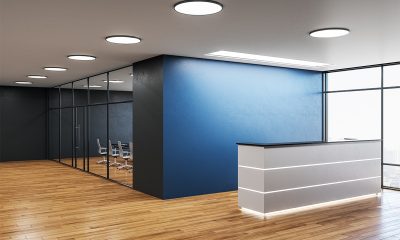

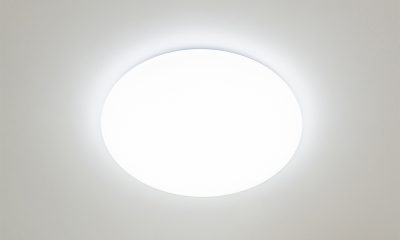

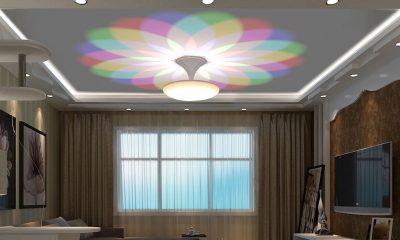





Loading...